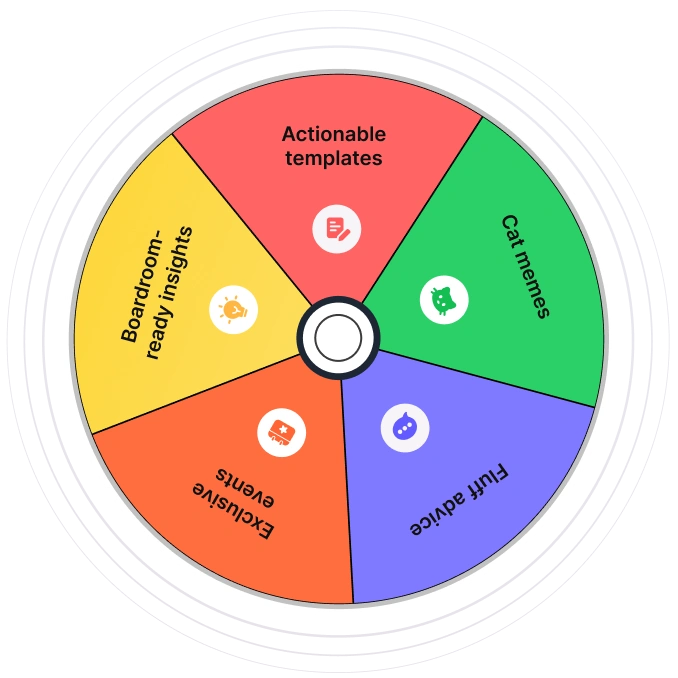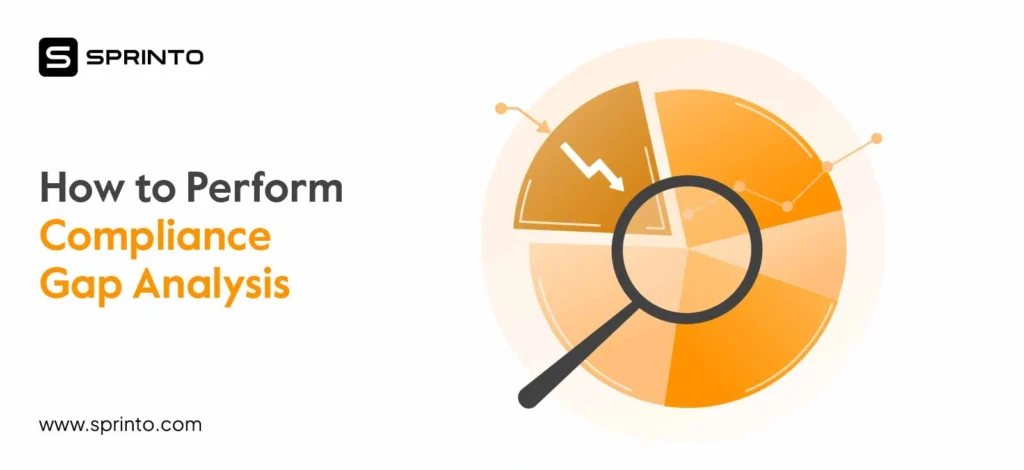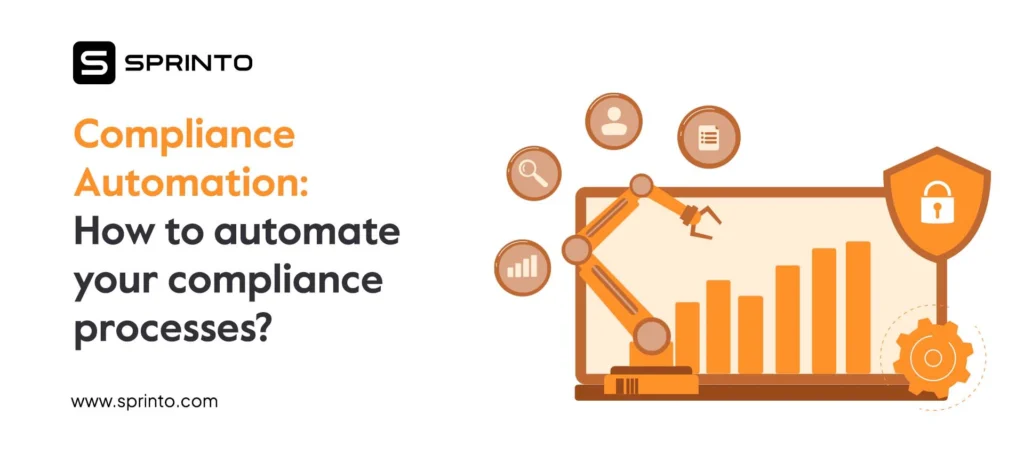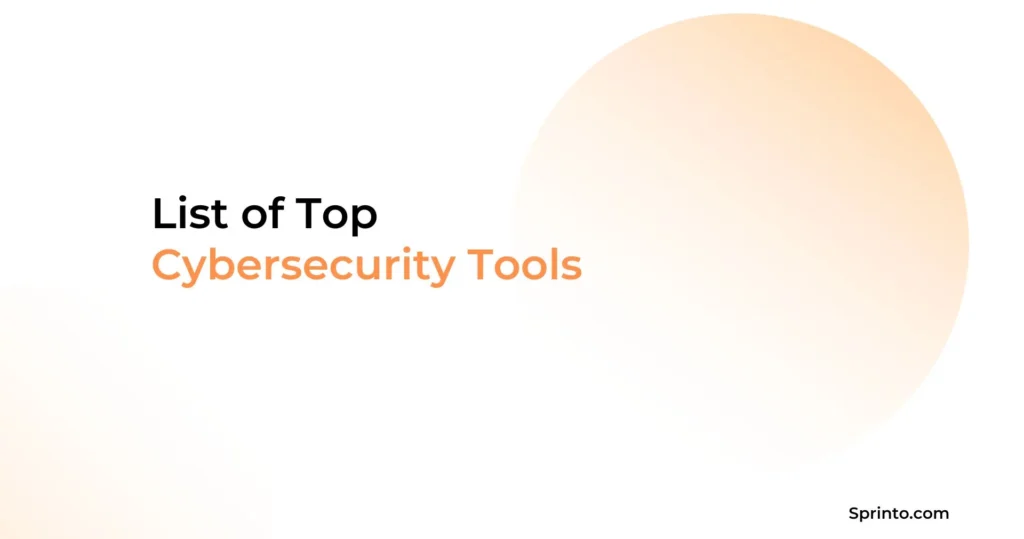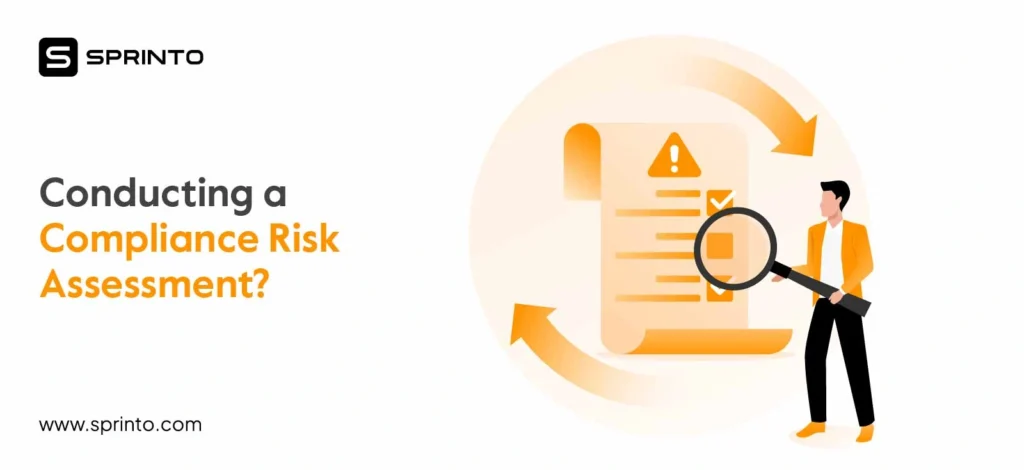Navigating compliance software can feel like overvhelming. Especially when you’re choosing between platforms like Drata and Scrut, both of which promise end-to-end automation, seamless audits, and peace of mind. But not all platforms are built equal.
In this no-fluff Drata vs Scrut comparison, we break down how both platforms stack up on features, ease of use, pricing, support, and more. So you can pick the right fit for your team, time, and tech stack.
What is Drata?
Drata is a compliance automation platform that rapidly gained popularity among startups and fast-scaling tech companies. It’s purpose-built for teams pursuing certifications like SOC 2 and ISO 27001, streamlining the process through automated evidence collection, real-time compliance tracking, and seamless integrations with tools like AWS, GitHub, Jira, and Slack. Drata’s clean, intuitive UI and 75+ integrations make it easy for engineering and security teams to plug in and go, enabling quick onboarding and minimal friction during audits.
Ideal for founders and CTOs seeking a “set-and-forget” SOC 2 solution, Drata excels in delivering quick time-to-value. However, its focus remains tightly scoped to a few frameworks and core automation, which can be limiting for companies that want to expand into full-spectrum GRC or require robust risk and vendor management capabilities.
What is Scrut?
Scrut is a compliance and GRC platform that takes a risk-first approach to security compliance. Designed for scaling companies managing multiple frameworks, Scrut combines compliance automation with native capabilities in vendor risk management, internal audits, and customizable workflows. It supports a wide range of frameworks including SOC 2, ISO 27001, PCI-DSS, GDPR, and HIPAA, and integrates with 70+ cloud and DevOps tools. With a strong APAC presence and a workflow-oriented interface, Scrut appeals to companies needing flexibility and granular control.
Scrut is well-suited for mid-market businesses or enterprises operating across multiple geographies and frameworks. Its native GRC modules and customizable dashboards make it ideal for teams seeking to embed compliance deeper into daily operations. However, this depth also comes with a steeper learning curve and more setup time, making it better suited for companies with dedicated compliance teams or complex requirements.
Drata vs Scrut: A side-by-side feature comparison
In this no-fluff breakdown, we’ll look at Scrut vs Drata features side by side, covering frameworks, risk management, vendor oversight, integrations, and usability. By the end, you’ll know which platform offers the best fit for your stack.
| Feature | Drata | Scrut |
| Frameworks supported | SOC 2, ISO 27001, HIPAA, PCI-DSS, GDPR | SOC 2, ISO 27001, PCI-DSS, GDPR, HIPAA, and more |
| Risk management | Basic, Add-on | Built-in, Granular |
| Vendor risk management | Third-party integration | Native capability |
| User experience | Clean UI, fast onboarding | Workflow-focused, customizable |
| Integrations | 170+ integrations | 110+ integrations |
| Support | US time zones, email/chat | APAC time zones, email/chat |
| Audit readiness | Auditor dashboard, real-time updates | Audit workspace, document centralization |
| Pricing transparency | Limited, request demo | Limited, request demo |
| Customer profile | US-based startups, scaleups | APAC-focused mid-market companies |
Framework coverage
Drata supports key frameworks like SOC 2, ISO 27001, HIPAA, PCI-DSS, and GDPR, which is more than enough for startups and small teams pursuing their first few certifications. The process is streamlined, focused, and built for speed. But when companies start scaling and require support for multiple frameworks or specific industry standards, they may hit the platform’s upper limits.
Scrut, in contrast, offers broader out-of-the-box framework support, making it ideal for multi-national businesses or teams working across various compliance regimes. With built-in mappings and preloaded templates for several global standards, Scrut enables companies to manage multiple certifications simultaneously without starting from scratch.
Verdict: For single-framework use cases, Drata works well. But if you’re navigating multiple or complex compliance regimes, Scrut offers the depth and flexibility needed to support expansion.
Risk and vendor management
Drata provides the basics when it comes to risk management, but for anything beyond surface-level, you’ll likely need a separate tool. It lacks built-in vendor risk assessments and relies on manual tracking or integrations for those capabilities.
Scrut includes native risk and vendor management capabilities, allowing you to centralize assessments, track remediation workflows, and ensure compliance without juggling multiple tools. This is particularly valuable for companies with growing third-party ecosystems.
Verdict: If risk and vendor oversight are core to your compliance needs, Scrut’s native capabilities provide far greater value than Drata’s limited add-ons.
User Interface (UI)
Drata has a modern, clean interface that feels intuitive, even to users without a compliance background. It’s optimized for plug-and-play onboarding, which appeals to startups and busy tech teams that need clarity and speed.
Scrut’s UI leans more toward functionality over simplicity. It’s packed with features and configuration options, but requires more familiarity. Teams who want granular control over workflows will appreciate it, but non-specialist users might find the experience steeper.
Verdict: Drata wins for usability and speed. Scrut wins for flexibility and depth.
Integrations
Drata integrates with 170+ tools across cloud platforms, code repos, HR systems, and project management tools. Its ecosystem is robust and constantly growing, helping automate evidence collection and control checks.
Scrut matches Drata closely with 110+ integrations and also supports API access for custom workflows. Where Scrut stands out is its alignment with GRC use cases that require integrations into vendor management and risk tools.
Verdict: Both platforms deliver strong integration libraries, but Drata edges ahead on volume and simplicity, while Scrut gains points for GRC-specific use cases.
Audit experience
Drata offers a real-time auditor dashboard, centralizing evidence and compliance progress. It’s designed to reduce back-and-forth during audits but may fall short when managing complex or multi-framework reviews.
Scrut provides a comprehensive audit workspace with document versioning, stakeholder collaboration, and framework-specific audit views. This setup suits enterprises handling layered or concurrent audits.
Verdict: For single-framework audits, Drata performs well. For multifaceted audit scenarios, Scrut’s deeper tooling gives it an edge.
When to Choose Drata or Scrut?
Every tool has use cases that showcase its strengths. Drata and Scrut solve real problems, but for very different kinds of buyers. If you’re evaluating them, here’s when each one makes sense and when it may be time to look elsewhere.
Choose Drata if:
- You are a US-based startup focused primarily on SOC 2 or ISO 27001.
- Your goal is to get compliant quickly with minimal internal lift.
- You already use common dev/cloud tools like AWS, GitHub, and Slack.
- You want a clean interface and automated monitoring without needing to customize workflows.
Drata is a strong choice for those looking for a reliable, scalable solution. However, if you’re exploring Drata alternatives with deeper GRC support or more pricing transparency, you may want to look beyond.
Choose Scrut if:
- You are a mid-market or global company managing multiple frameworks.
- You need to align compliance with risk, vendor, and audit workflows.
- You require deep customization and governance-level oversight.
- You operate in APAC or other time zones where localized support matters.
Scrut is a strong fit for businesses looking for flexibility and broader feature sets. That said, it may not be ideal if you prioritize ease of use or are comparing Scrut alternatives that offer faster onboarding.
Strike a balance with Sprinto
If you’ve read this far, it’s clear you’re not just hunting for a basic compliance tool, you’re looking for an engine that scales with your business, doesn’t stall your teams, and delivers strategic leverage. Drata is fast and user-friendly for startups getting their first audit. Scrut brings the breadth and control needed for mid-market complexity. But both have their limits. If you want end-to-end scalability, intelligent automation, and true compliance partnership, Sprinto is the modern choice.
Sprinto surpasses Drata by offering support for over 30 frameworks without requiring costly add-ons for deeper GRC capabilities. It also outpaces Scrut by eliminating the onboarding friction and complexity that often come with customization-heavy tools, delivering a streamlined, single-pane-of-glass experience. Simply put, Sprinto combines Drata’s speed with Scrut’s scale, while adding strategic control and intelligent automation to the mix.
Here’s what Sprinto delivers:
- Automation across 30+ frameworks including SOC 2, ISO 27001, GDPR, HIPAA, PCI-DSS, and more, allowing businesses to expand into new markets or meet client demands without starting from scratch.
- 200+ integrations across your tech stack (AWS, Notion, GitHub, Slack, HRMS, and more), ensuring Sprinto works with your existing tools to eliminate redundant workflows and speed up evidence collection.
- Dedicated compliance experts who guide you from onboarding to audit success, providing clarity, best practices, and ongoing strategic support to reduce the burden on internal teams.
- Built-in risk, MDM, and incident modules, giving you full-spectrum GRC coverage in one unified platform without needing to purchase additional tools.
- Continuous control monitoring with proactive, smart alerts that help you stay ahead of compliance drift, enabling real-time remediation before issues become audit blockers.
- Pre-audit evidence reviews and auditor-ready dashboards that streamline communication, reduce rework, and make audits faster and less stressful.
- Cross-framework mapping to scale compliance without redundant work—reuse controls and evidence across multiple frameworks with just incremental effort.
- 80% faster implementation and 99% check automation, freeing your team from repetitive tasks and accelerating your path to audit readiness.
If you’re looking at tools like Scrut and Drata, ask yourself if you planning for your next audit or for the next 10 cycles? Choose Sprinto for a future-ready compliance solution that scales as fast as your requirements. Schedule a demo today and see Sprinto in action.
| Disclaimer: The information on this page is based on independent research conducted by our team and on insights gathered from publicly available, user-first review platforms such as G2. We have summarized feedback to highlight commonly mentioned strengths and areas for improvement. While we strive for accuracy and balance, user experiences may vary, and we encourage readers to review the original sources for the most up-to-date feedback. This article was last updated in September 2025. |
FAQs
Scrut offers powerful customization and risk-first workflows, but this often comes with a steeper setup process and longer onboarding. Sprinto streamlines this by offering 80% faster implementation and dedicated compliance experts who manage the heavy lifting—so teams get compliant quickly without wrestling with complexity.
Most compliance platforms (including Drata and Scrut) are primarily desktop-focused. Sprinto stands out by providing mobile-friendly dashboards and alerts, so teams and executives can track tasks, approve workflows, and respond to compliance notifications on the go.
Drata provides onboarding resources and some support, but deeper, hands-on guidance often requires higher-tier pricing. Sprinto takes a more proactive approach by assigning dedicated compliance experts from day one, ensuring a smooth onboarding, pre-audit reviews, and ongoing strategic support.
The key Drata vs Scrut features comparison comes down to simplicity versus flexibility. Drata offers fast onboarding, 170+ integrations, and real-time auditor dashboards — perfect for startups seeking SOC 2 or ISO 27001 compliance quickly. Scrut, on the other hand, includes built-in risk management, vendor management, and customizable workflows, making it better suited for mid-market and enterprise teams that need depth across multiple frameworks.
Transparency is limited on both sides, so most buyers need to request a demo. However, the Drata vs Scrut pricing conversation usually aligns with customer profiles: Drata is often more cost-effective for startups and smaller teams focused on 1–2 frameworks, while Scrut is positioned for enterprises that need broader GRC capabilities, which can come at a higher total cost of ownership.
Looking at Scrut vs Drata reviews on platforms like G2 and Capterra, Drata is frequently praised for its clean UI, ease of onboarding, and speed to compliance. Scrut gets high marks for its flexibility, built-in risk and vendor modules, and ability to handle complex multi-framework compliance programs. The choice often depends on whether speed or depth matters more to your business.
Bhavyadeep Sinh Rathod
Bhavyadeep Sinh Rathod is a Senior Content Writer at Sprinto. He has over 7 years of experience creating compelling content across technology, automation, and compliance sectors. Known for his ability to simplify complex compliance and technical concepts while maintaining accuracy, he brings a unique blend of deep industry knowledge and engaging storytelling that resonates with both technical and business audiences. Outside of work, he’s passionate about geopolitics, philosophy, stand-up comedy, chess, and quizzing.
Explore more
research & insights curated to help you earn a seat at the table.






